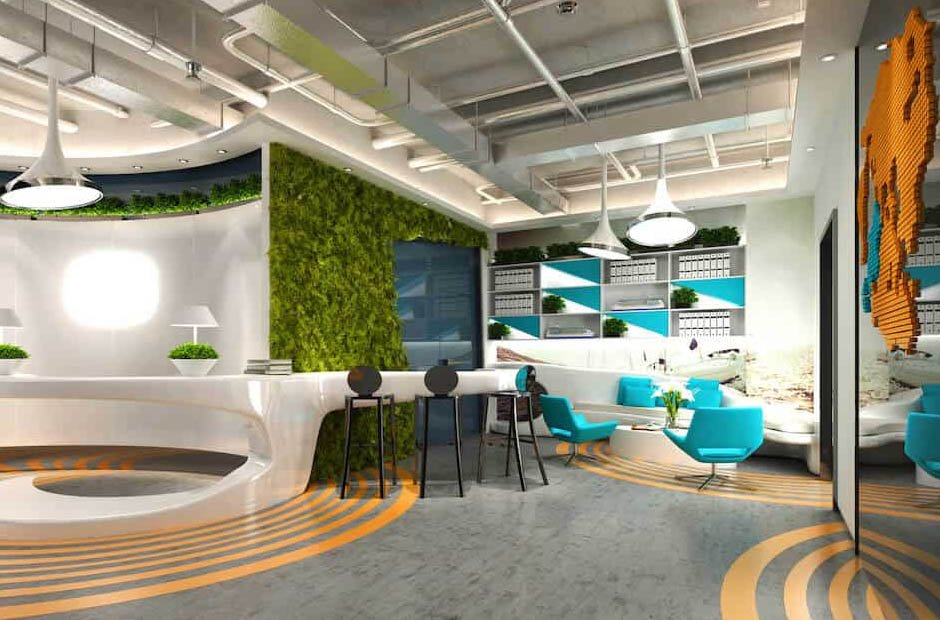In the vast and ever-evolving landscape of interior design, the concept of ambient design has taken center stage, revolutionizing the way we perceive and interact with our spaces. At the heart of this revolution lies the innovative use of light—not just as a functional necessity but as a primary medium for creative expression. Sculpting with the spectrum, designers now harness the full potential of light to craft environments that resonate with the emotions, needs, and identities of their inhabitants. This journey into the new age of ambient design reveals the transformative power of lighting, particularly through the lens of modern designer lighting, and its role in shaping the future of interior atmospheres.
The Renaissance of Light
The renaissance of light in ambient design marks a departure from traditional lighting schemes focused on utility and uniformity. Instead, we enter a realm where light becomes a fluid and dynamic element, capable of altering perceptions and evoking moods. Modern designer lighting leads this charge, offering innovative fixtures that combine cutting-edge technology with artistic design to offer an unparalleled palette of illumination. These creations go beyond mere sources of light; they are integral components of the space’s identity, blending seamlessly with the architectural and decorative elements to create a cohesive and immersive experience.
Crafting Atmospheres
The essence of ambient design lies in its ability to craft atmospheres that reflect and enhance the intended use of a space. Through the strategic layering of light sources, designers can create depth, highlight focal points, and generate contrast. This manipulation of light and shadow not only adds visual interest but also guides the eye, influences movement, and sets the tone of the environment. Whether seeking to invigorate a workspace with crisp, bright lighting or to envelop a living area in a soft, warm glow, the ambient approach allows for a tailored experience that can shift and evolve in harmony with the user’s needs and moods.
Emotional Resonance Through Color
Color temperature and hue play pivotal roles in the ambient design, each spectrum evoking a different emotional response. The warm tones of a sunset can instill a space with a sense of comfort and coziness, ideal for relaxation and socialization. Conversely, the cool whites reminiscent of daylight invigorate the mind, promoting concentration and alertness. By employing RGB LEDs and other modern lighting technologies, designers have the unprecedented ability to adjust these parameters in real-time, allowing the space to adapt to the changing dynamics of its use and the emotional state of its occupants.
Interactive Environments: The Next Frontier
The integration of smart technology into lighting design represents the next frontier in ambient design. Interactive environments, responsive to the presence, activities, and preferences of their users, are becoming a reality. These systems can adjust lighting based on natural light levels, time of day, or even sync with multimedia for a fully immersive experience. This level of customization not only enhances the functionality and aesthetics of a space but also promotes energy efficiency and sustainability by ensuring that light is used only when and where it is needed.
Sustainability in the Spotlight
As we delve deeper into the age of ambient design, the spotlight inevitably falls on sustainability. The shift towards LED lighting and the incorporation of natural light strategies reflect a broader commitment to environmental responsibility. These technologies offer the dual benefits of reduced energy consumption and a lower carbon footprint, all without compromising on design quality or the versatility of lighting schemes. In this way, the new age of ambient design aligns with the growing demand for spaces that are as kind to the planet as they are to the human spirit.
The Art of Illumination
At its core, ambient design elevates lighting from a mere utility to an art form. Each fixture, each beam of light, becomes a brushstroke in the larger canvas of the space. This artistic approach encourages a holistic view of interior design, where light is integral to the conception of the space from the ground up. It invites designers and inhabitants alike to think of light not as a final touch but as a foundational element that influences every aspect of the environment’s form and function.
Sculpting with Spectrum: Techniques and Tips
To harness the full potential of ambient design, consider the following techniques and tips:
- Layering Light: Combine ambient, task, and accent lighting to achieve balance and versatility.
- Color Dynamics: Experiment with color temperatures and hues to match the mood and functionality of each space.
- Smart Controls: Embrace technology for greater control over your environment, allowing for adjustments that reflect your lifestyle.
- Natural Integration: Whenever possible, incorporate natural light to enhance well-being and reduce reliance on artificial sources.
- Sustainability Practices: Opt for energy-efficient solutions that reduce environmental impact without sacrificing style or effectiveness.
Lighting the Path Forward
As we step into the new age of ambient design, the possibilities for creating spaces that are both beautiful and responsive to our needs have never been greater. The innovative use of light, spearheaded by advancements in modern designer lighting, has opened up new avenues for creativity, functionality, and sustainability in interior design. Sculpting with the spectrum, we can now craft environments that not only illuminate but also inspire, adapt, and resonate. In this ever-evolving landscape, light no longer plays a supporting role but is the star, guiding us towards a future where our spaces are in perfect harmony with our lives.


